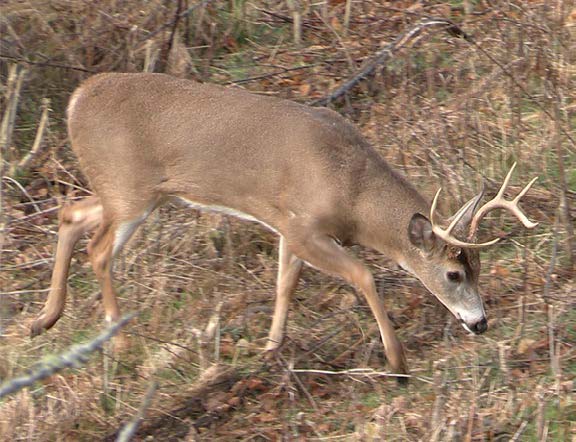Here is a lighthearted assessment of best states for hunting whitetail when considering your next hunt:
One of the finest things about America is its diversity. From coast to coast, there’s a lot of “different” sprinkled throughout. The same is true for its deer hunting, which varies wildly in kind and quality from one state to another. That statement leads me to a hot topic — Whitetail sleeper states, and which are the best places for bowhunters.
Follow along as each Whitetail destination in the country is assigned to one of five bowhunting categories: legacy states, original sleepers, light sleepers, deep sleepers and downright duds.
Disclaimer: Regardless of the category a particular state is designated or relegated to, it’s important to know that big deer and good hunting can be found in every state. Here, we’re offering a statewide analysis. But when you zoom in on the local level, there are pockets of big buck and deer hunting glory in every state. You just have to find them.
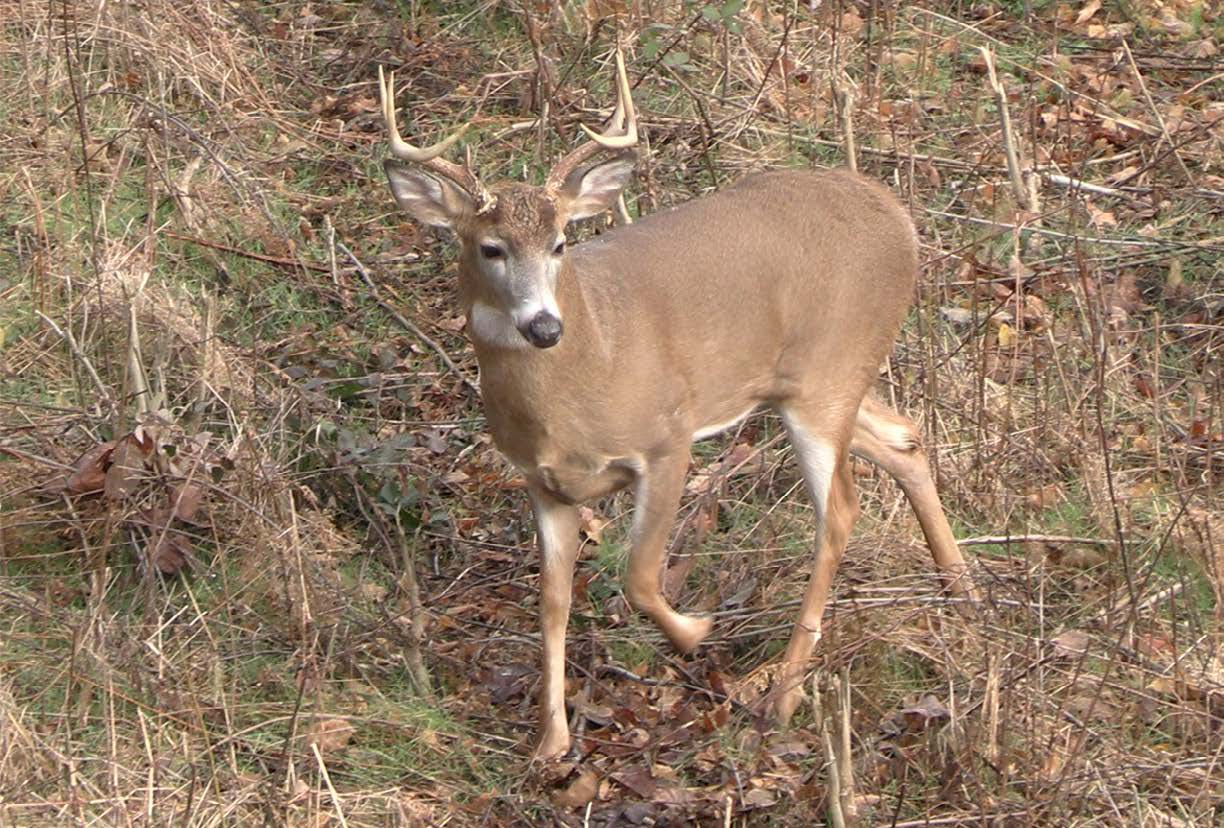
Tier 1: Legacy States
Some states are well beyond “sleeper” status. These are the places that everyone knows about. There’s no question they produce big Whitetails, and they haven’t been a secret in a very long time. In fact, these places were getting hammered by hunters decades ago and they’re still turning out studs faster than Churchill Downs.
Of course, we’re talking about Illinois, Iowa, Kansas, Minnesota, Missouri, Texas and Wisconsin. These states are among the top record-book states for Whitetails, and they have held these top spots for a very long time. They need no explanations. That said, because they’ve received so much attention for so long, several states have begun to decline in hunt quality, specifically Illinois, Kansas and Minnesota.
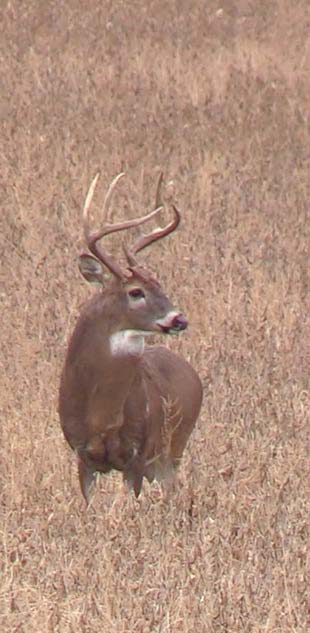
Tier 2: Original Sleepers
It wasn’t long ago that we had a completely different list of “sleepers.” But now, everyone is wise to what these states have to offer, so we’ve designated them as the “original sleepers.” These states would be in the “Mecca” category if not for their more recent awakenings. States that fit this category include Kentucky, Indiana, Ohio, Montana, Nebraska, South Dakota and Wyoming. These states were dubbed “sleepers” in the 2000s and 2010s. Not anymore. Their secrets are out, and deer hunters are flocking there.
Today, Kentucky, Indiana, and Ohio are in the top 10 locales for Whitetails, and they are technically big-buck legacy states as well. However, they don’t have quite the heritage or longstanding output as the legacy states. Furthermore, Montana, Nebraska, South Dakota and Wyoming were once sleepers, but now they receive a lot of attention from deer hunters. Still, they don’t quite have the punch to rank super high on the records lists. Maybe in time that will change.
Tier 3: Light Sleepers
Some states are still sleeping, but they’re starting to emerge. Many of these states are already good destinations for Whitetail hunting, but they haven’t been tackled by the non-resident hordes just yet. And I’ll have you know, America’s non-resident hunters are like Genghis Khan’s Mongolian horde: Where one go, all go, and carnage follows.
Fairly good deer hunting states in their own right, these destinations have quite a bit to offer. The list includes Arkansas, Delaware, Georgia, Idaho, Maryland, Mississippi, New Hampshire, New Jersey, North Dakota, Oklahoma, Tennessee and Virginia. Each of these areas produces solid deer harvests and a great number of mature Whitetails.
Take Delaware and Maryland, for example. You wouldn’t know it, but when analyzing the number of high-scoring bucks taken per square mile in the past decade or so, these states are outperforming Michigan, Mississippi, Nebraska, Oklahoma, Pennsylvania and West Virginia. Even more shockingly, they surpass big-buck states such as South Dakota, Texas and Montana. That’s interesting.
Furthermore, the remaining states in this category offer huge advantages, too. Georgia is rising. Idaho gets little pressure. Mississippi hunts harvest more older-age class bucks than any other state. Nebraska just seems magical; so does Oklahoma. The list goes on. These are excellent destinations and are emerging as top Whitetail states.
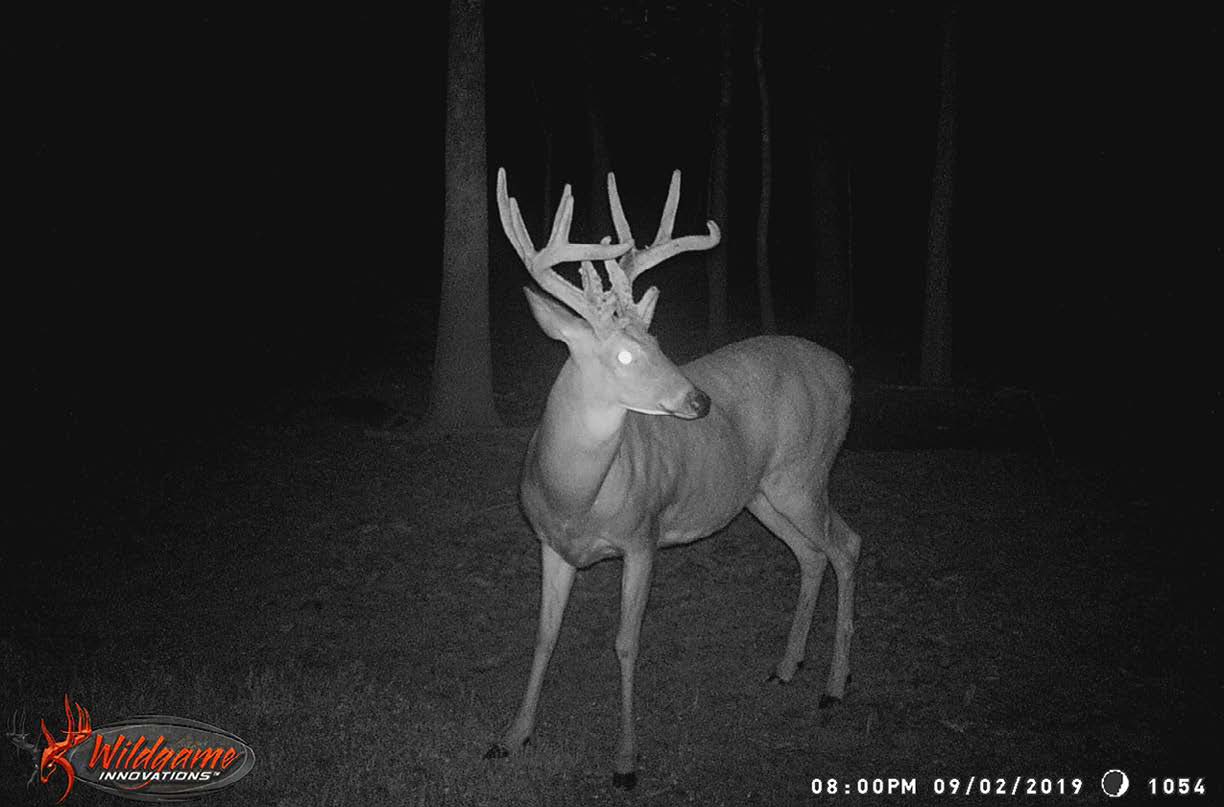
Tier 4: Deep Sleepers
Some states have a way to go before they can prove their potential. They’re showing promise, and one day might emerge from their deep sleep, but it is not this day. In the Southeast, Alabama and Louisiana make that list. Alabama is home to about 1.25 million deer and nearly 200,000 deer hunters, so these Whitetails get some pressure. But it’s a high deer-density area, with a few big ones running around to boot.
Louisiana is known for duck hunting, but it offers solid Whitetail adventures, too. It’s just that it is very isolated action. Tyler Jordan shot his biggest buck ever there last season, though. He bagged the buck in Catahoula Parish.
Shifting to the Northeast, Vermont and West Virginia are two states currently doing well for themselves, but they just haven’t become what they could be. The former has a lot of deer and a lot of deer hunters, but the buck age structure is solid. The latter has a better deer-to-hunter ratio and an abundance of habitat for bucks to grow old. It also seems to be trending upward.
And lastly, don’t forget about Washington state and Colorado. These aren’t currently sleeper states, but if the wildlife agencies make some necessary changes and the deer herds continue to improve, these might just become ones in the years to come.
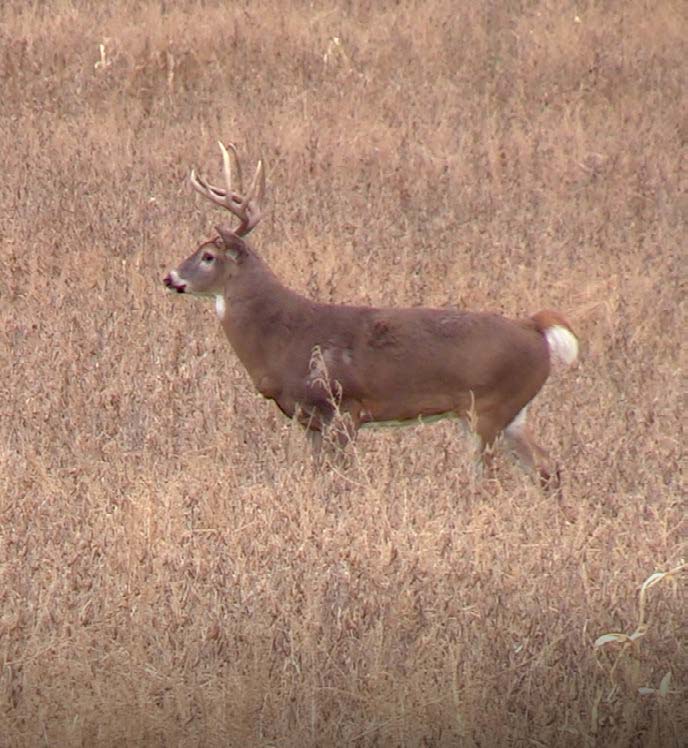
Tier 5: Washed-Up. Downright Duds
Other states are either washed-up has-beens, or they have just always been downright duds in the deer department. You look at them and kind of go, “Meh.” They’re sort of interesting, but you get bored rather quickly.
Some of the states that check these boxes include Connecticut, Florida, Maine, Massachusetts, Michigan, New York, North Carolina, Oregon, Pennsylvania, Rhode Island and South Carolina. Each of these destinations occasionally show signs of greatness and produce flashes of Whitetail glory, but they just can’t seem to break free of the cocoon that holds them back. Until then, they remain washed-up duds. Fortunately, for those who live and hunt there, at least there are other nearby states to travel to for hunting. And maybe you’ll find a honey hole somewhere close to you.
No matter where your state falls in this half-baked, loose-lipped, tongue-in-cheek power ranking, it’s important to appreciate what you have. You have access to better deer hunting opportunities than likely anyone who has come before you. Be thankful for the opportunities around you, and never compare your deer hunting access and success to another hunter’s.
No excuses this season. Go fill those bow tags, even if you don’t hunt in one of the best states for hunting whitetail.
Per our affiliate disclosure, we may earn revenue from the products available on this page. To learn more about how we test gear, click here.



